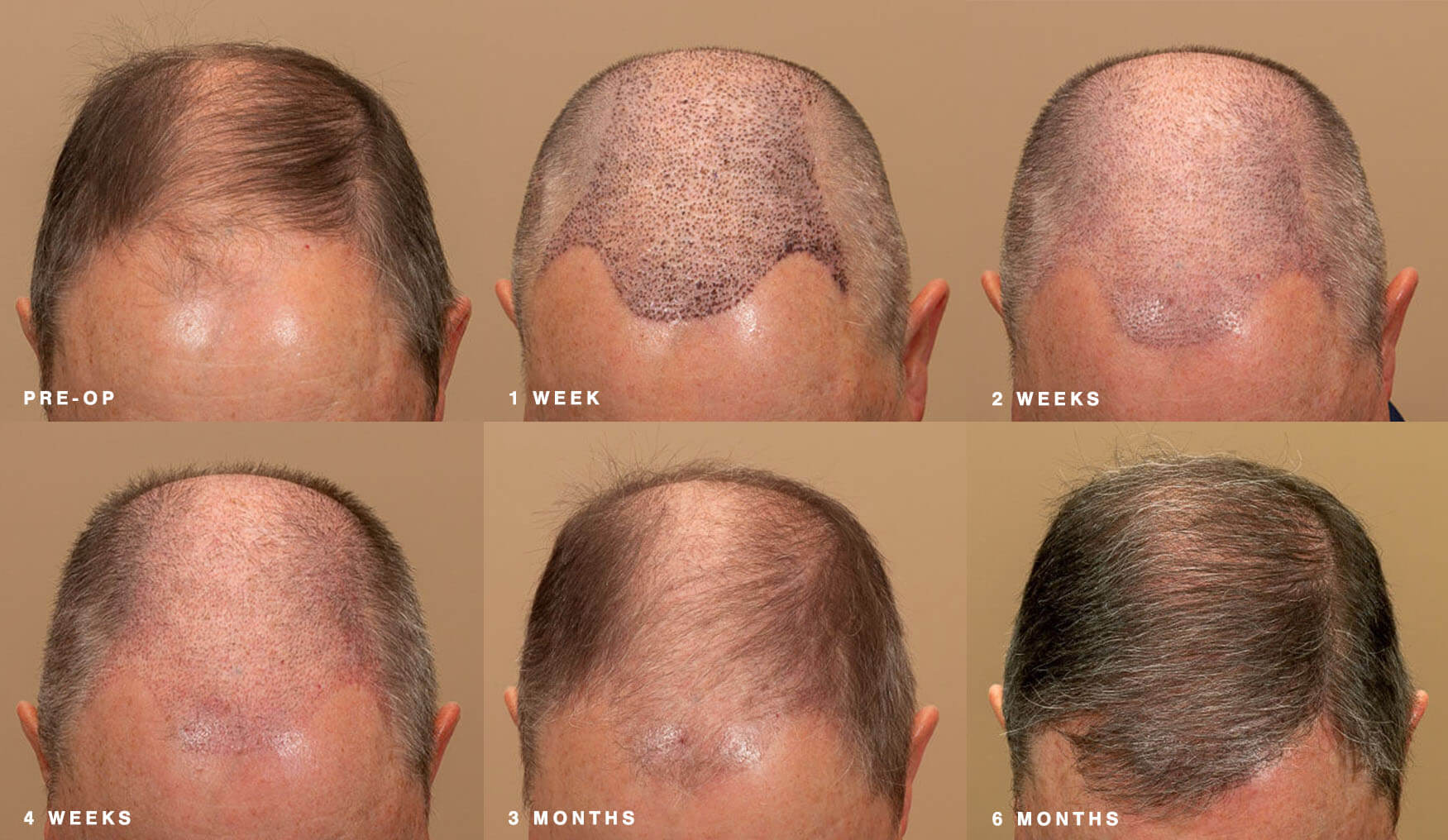1. What is Hair Transplant?
Hair transplant is a procedure that involves harvesting healthy hair follicles from areas of the scalp with sufficient hair (usually the back or sides of the head) and implanting them into bald or thinning areas. This process enables new hair to grow naturally and cover bald spots.
2. Popular Hair Transplant Methods in the USA
a. FUT (Follicular Unit Transplantation)
-
Procedure:
FUT, also known as “strip harvesting,” involves removing a strip of scalp from the donor area. The strip is then dissected into individual follicular units, which are implanted into the thinning or bald areas. -
Advantages:
Allows harvesting a large number of follicles in one session, suitable for extensive baldness. -
Disadvantages:
Leaves a linear scar at the donor site and has a longer recovery time.
b. FUE (Follicular Unit Extraction)
-
Procedure:
FUE involves extracting individual follicular units directly from the donor area without removing a strip of scalp. These follicles are then transplanted to the bald area. -
Advantages:
Minimally invasive, leaves tiny dot scars that are less noticeable, quicker recovery, and natural-looking results. -
Disadvantages:
Takes longer than FUT and usually costs more.
c. DHI (Direct Hair Implantation)
-
Procedure:
DHI is an advanced form of FUE where follicles are implanted directly into the recipient area using a specialized pen-like tool called the Choi implanter, without creating incisions beforehand. -
Advantages:
More precise implantation, less trauma to the scalp, shorter procedure and recovery time. -
Disadvantages:
Higher cost and requires highly skilled surgeons.
3. What Does the Hair Transplant Process Involve?
-
Consultation:
A thorough evaluation of hair loss extent, donor area, hair type, and patient goals to choose the best method. -
Preparation:
Cleaning and local anesthesia of the donor and recipient areas to minimize discomfort. -
Follicle Harvesting:
By FUT, FUE, or DHI technique. -
Implantation:
Creating tiny incisions or direct implantation of follicles into bald areas. -
Post-operative Care:
Instructions on hair care, avoiding strenuous activities, and use of medications to support healing.
4. Results and Effectiveness
-
New hair starts to grow around 3 to 4 months post-surgery.
-
Noticeable results typically appear between 6 to 12 months.
-
Transplanted hair is permanent and grows naturally.
5. Cost and Important Considerations
-
Hair transplant costs range from approximately $4,000 to $15,000 depending on the method and area covered.
-
Choosing a reputable clinic and experienced surgeon is crucial for safety and good outcomes.
-
Not everyone is a suitable candidate; a thorough medical evaluation is necessary.
Conclusion
Hair transplantation is a trusted and effective solution for hair loss in the USA. Each method—FUT, FUE, and DHI—has its unique benefits depending on individual needs and hair loss severity. If you are considering hair transplant surgery, consult with a qualified specialist and choose a reputable clinic to achieve the best results.
